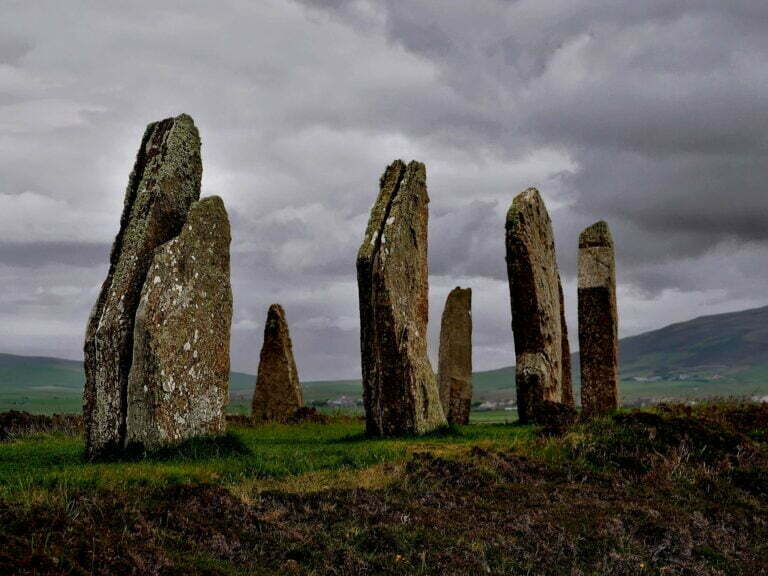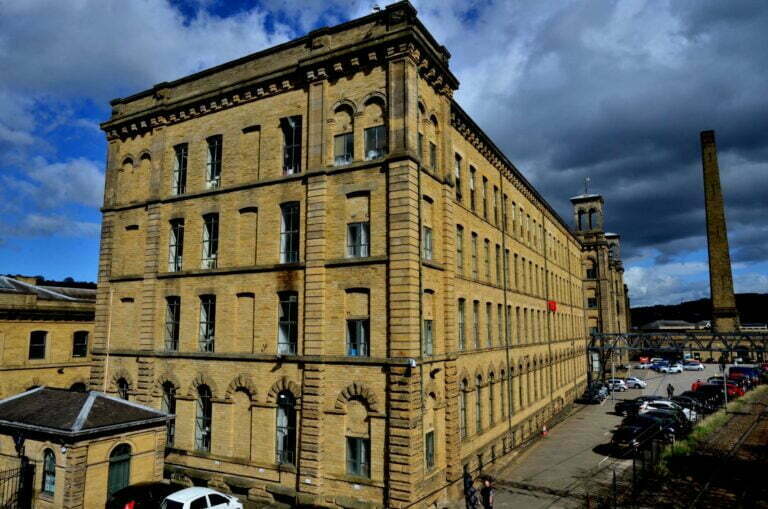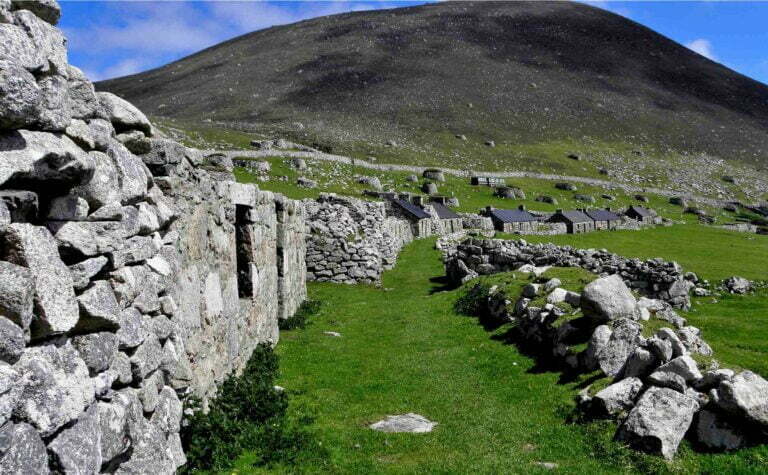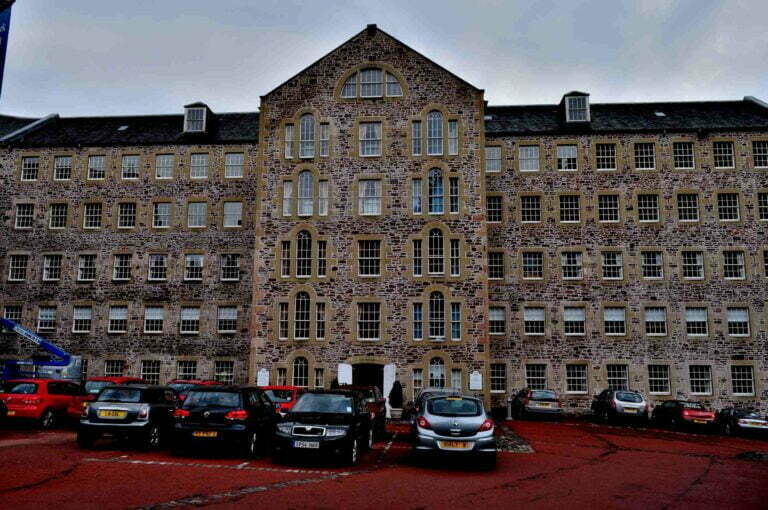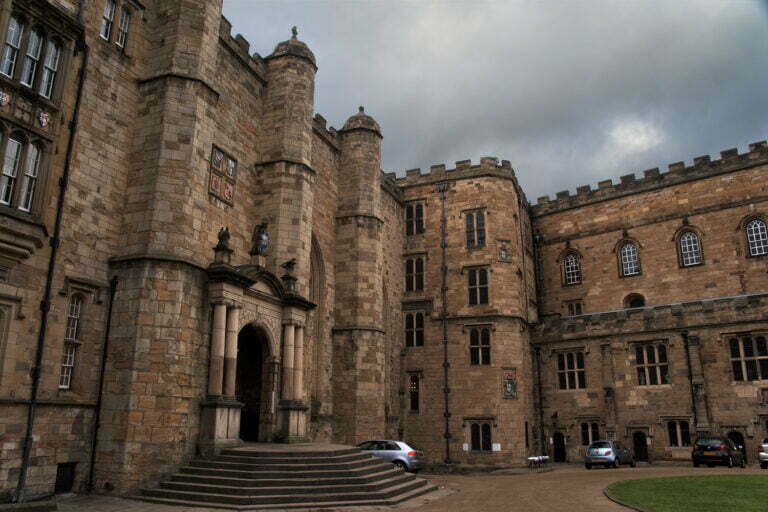Stonehenge Avebury and Associated Sites
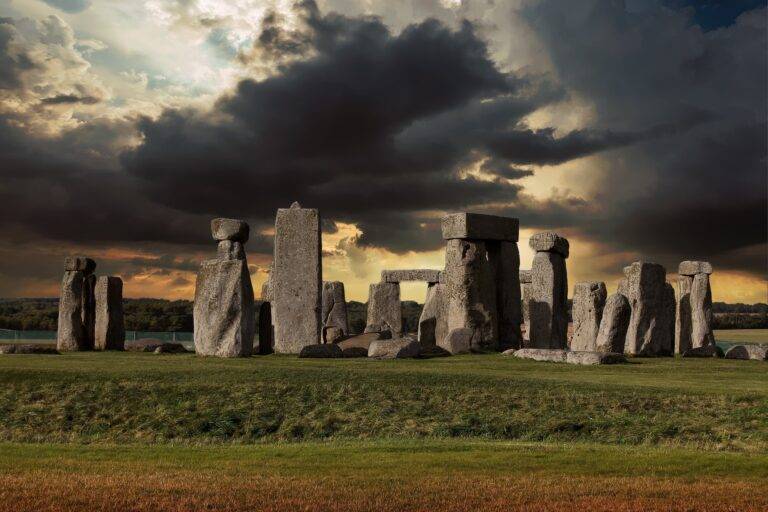
Stonehenge and Avebury are two of the most famous prehistoric sites located in the county of Wiltshire, in the southern part of England, and these sites, along with some other nearby locations, make up a UNESCO World Heritage Site. Stonehenge is a world-renowned prehistoric monument composed of a circular arrangement of large standing stones. It is believed to have been constructed in several phases over a span of thousands of years, with the main phase of construction taking place around 2500 BC. The purpose of it remains a subject of debate among archaeologists and scholars, but it is widely believed to have had religious, ceremonial, and astronomical significance. Avebury, another Neolithic site, consists of a large circular bank and ditch enclosure, within which are three stone circles. The Avebury stone circles are among the largest and most impressive in Europe. Like Stonehenge, Avebury is believed to have been constructed for ceremonial and ritualistic purposes. Here's an overview of Stonehenge Avebury and Associated Sites:
